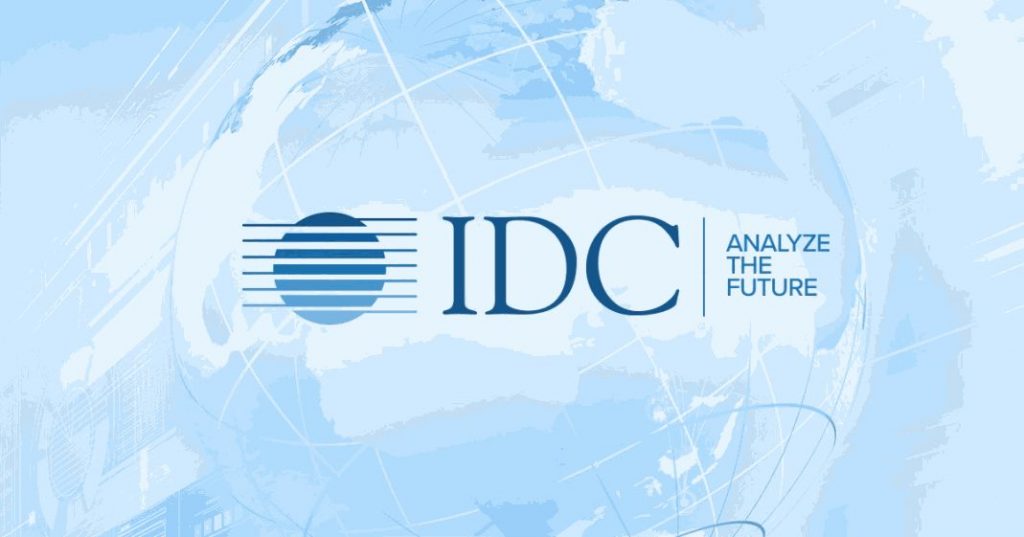The U.S federal government is likely to increase its spending in the blockchain industry over the next three years. According to a recent report from IDC Government Insights, forecasting the amount the government will be spending on blockchain based infrastructure, the government is expected to raise its blockchain spending to $123.5 million by 2022.
IDC Forecast a 1,000 Percent Increase in Spending
Compared to the amount spent in 2017 $10.7 million this increase is over 1,000 percent.
The report also made sure to note that the increase in spending is not restricted to the federal government alone. The spending by both the state and local governments is also anticipated to grow. A grow of 1000% from $4.4 million in 2017 to $48.2 million in 2022 is expected.
The report also stated that Federal civilian agencies, which didn’t spend up to $20 million on the technology in 2017 are likely to up their spending to over $80 million by 2022.
The Defense Department which reportedly spent less than $20 million in 2017 is likely to spend about $40 million by 2022
According to the report, government spending in the part has been in simple and basic use of blockchain technology. The next phase of heavy investment is expected to evolve and expand to a.more complex use of DLT.
IDC’s research director Shawn McCarthy explained this in a statement which reads:
“We believe asset management, identity management, and smart contracts will be the leading blockchain solutions for government. Early spending will focus on supply chain and asset management solutions, while spending in later years will expand to include more identity management and complex financial transactions.”
The IDC report also made states that DLT is on the verge of becoming a cornerstone technology for trade legislation, and it is on its way to getting “implemented as a standard feature for some types of authorized international trade and also as a standard for many types of government procurement.”
